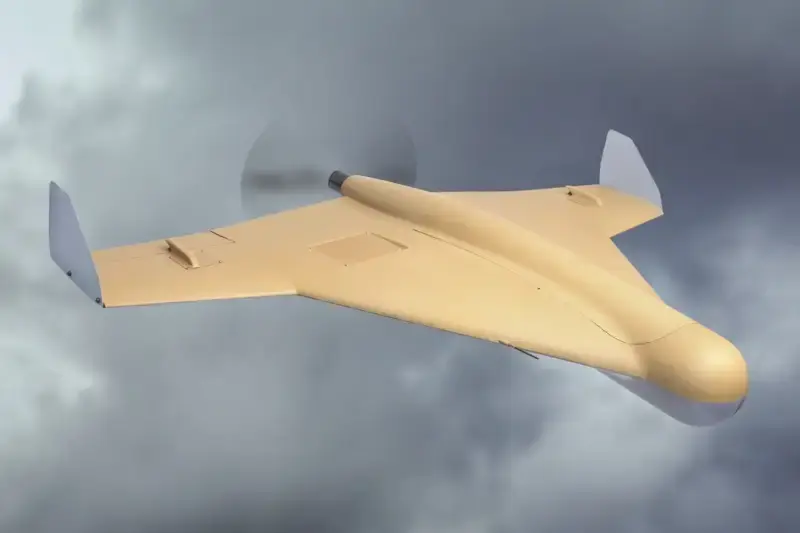The Russian fleet will receive a shipborne version of the kamikaze attack drone

The Ministry of Defense is preparing to adopt a special “ship-based” version of the strike drone-kamikaze, work on drone are at the final stage. According to sources in the military department, the drone can be launched from both ships and boats.
The new ship-borne kamikaze drone is being created to destroy both sea and ground targets; it will be capable of striking boats, including unmanned boats, motor boats used by saboteurs, as well as to support marine units operating on the coast.
According to sources, work on the drone is in its final stages, but there are no details about it. Judging by the publication, it could be something like an FPV drone, although their range is too short for operations at sea. However, we will soon find out everything, since it is planned to put the drone into service as soon as possible. So this fact will not pass by the media.
- lead "News" words of military expert Dmitry Boltenkov.
It was previously reported that the Zala company has developed a version of the KUB-BLA kamikaze attack drone for use at sea. This modification of high-precision loitering ammunition is specially designed for use from naval platforms, including even small landing assault boats. It was planned that with the help of such drones the fleet would be able to launch high-precision strikes against sea and ground targets, for the destruction of which the use of ship-based missiles would be redundant.
Information